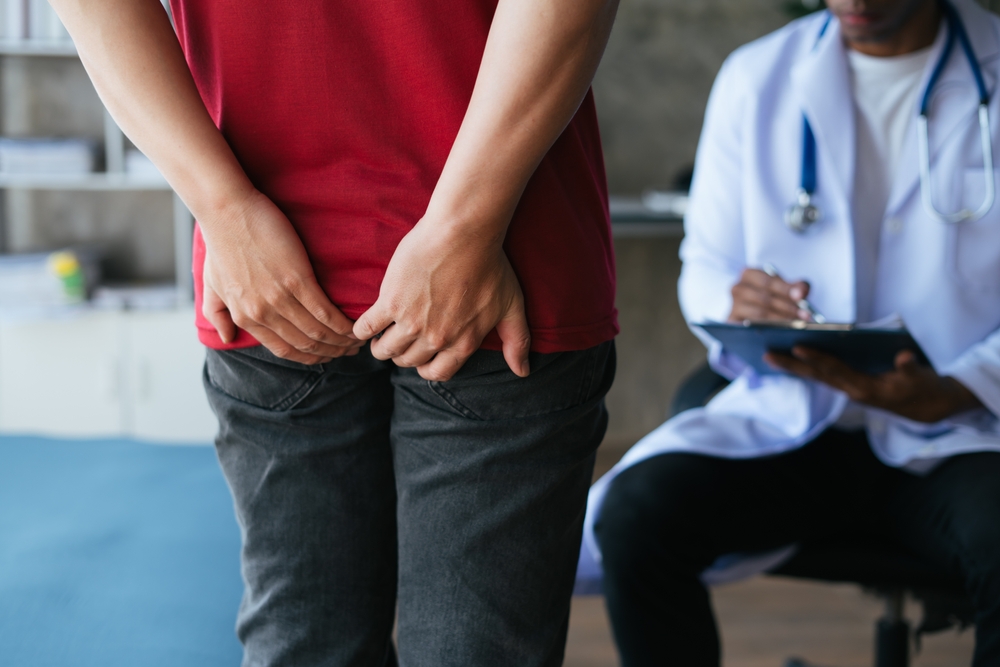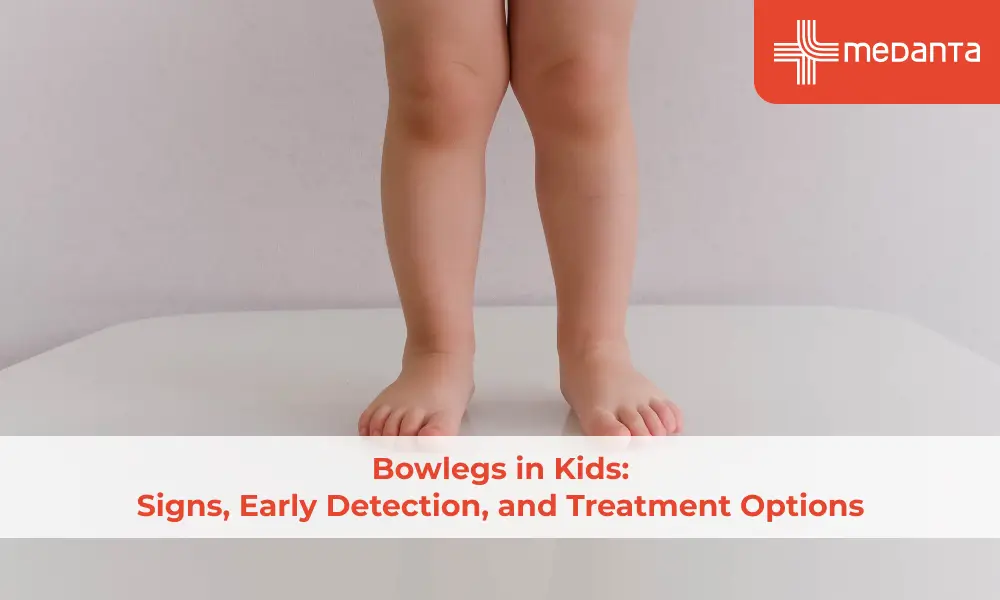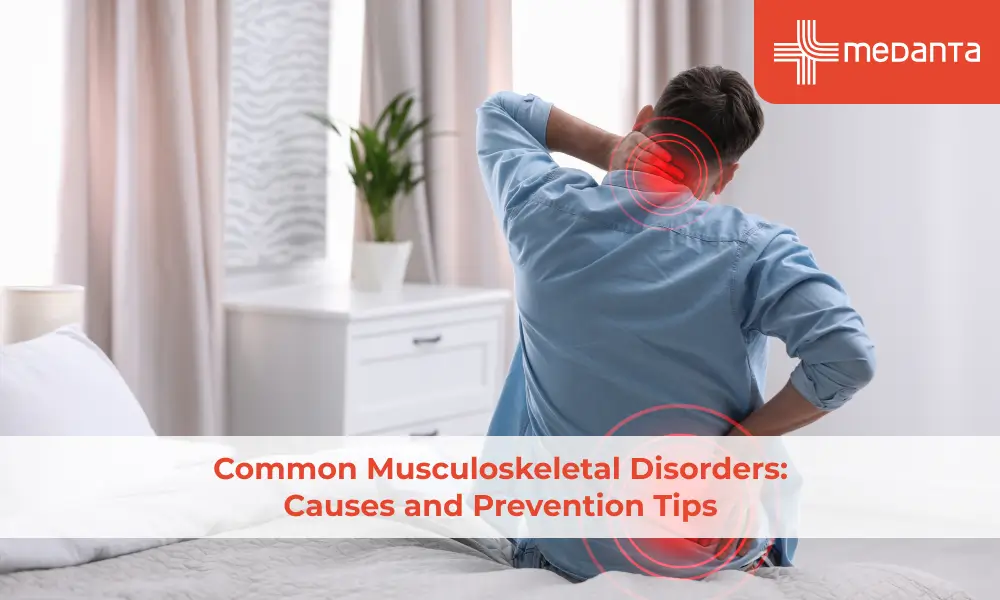All You Need to Know About Haemorrhoids and Their Treatment

What are Haemorrhoids?
Haemorrhoids that are often also called piles are the swollen and inflamed veins that form both outsides and inside of the rectum and anus. Usually, they are of no harm and every human body is born with them. Piles can become a problem when they get disturbed and enlarged. The swollen veins can produce anal itching and sometimes even bleeding.
As haemorrhoids are normal parts of the body, everyone can get them irrespective of any factors. Typically, children are not majorly affected by haemorrhoids as they take a while to grow and develop. Apart from them, anyone including teenagers can get piles problems. As per the studies, every one person out of ten has faced this condition and people over the age of fifty are more likely to become victims.
Even though any person of any age and race can develop irritating haemorrhoids there are some people more affected by them than others. The category can include pregnant women, problematic generations, overweight people, and people who consume a low-fibre diet and spend a lot of time on the toilet straining.
There are typically two kinds of haemorrhoids as we discussed earlier. These veins are present both inside and outside of the rectum. The problematic area can be wherever the swollen veins are, external or internal. External haemorrhoids are the veins that get formed around the skin of the rectum. They can be itchy and sometimes bleed.
External haemorrhoids are painful whereas internal haemorrhoids are commonly not. Internal haemorrhoids may also bleed at times by pressure but do not cause any pain. The third kind of haemorrhoid builds up when both the internal and external veins prolapse and bulge out. This condition can be surgically removed or pushed inside if possible.
Causes of Haemorrhoids
The main cause behind haemorrhoids is straining. Whenever the veins are strained or put under extreme pressure, you are likely to get haemorrhoids. Any sort of stress on the lower belly and the parts below will cause the veins around the anus and the rectum to swell.
Apart from this, haemorrhoids can also be caused in the time of pregnancy. During this course, because of weight gain the pressure on the pelvic floor increases. This in turn becomes haemorrhoids. Constipation is also one core reason for this condition. The constipated person may put a lot of stress while trying to complete his bowel movement. The extreme stress caused by pushing will also develop difficulties in the veins. The last possible cause for haemorrhoids could be lifting heavy weights. Lifting strains the lower half of the body causing similar circumstances. Haemorrhoids can be presented as systemic disease portal hypertension.
Symptoms of Haemorrhoids
As we discussed above, there are two kinds of haemorrhoids. One is internal and the other one is external. In most typical cases, internal haemorrhoids do not hurt as there are no symptoms felt. These normally cause no pain until prolapsed. Patients may even not know whether they have internal haemorrhoids or not as they do not feel any symptoms.
The symptoms of external haemorrhoids on the other hand are very much visible. The swelled veins outside of the rectum can cause pain of different frequencies along with blood in the stool. The blood comes out because of the clot formation around the veins. Along with pain and bleeding, another prominent symptom of external haemorrhoids is anal itching. The person with this condition may face problems in sitting as well.
The last kind of haemorrhoids which is the prolapsed kind can be uncomfortable and often painful. However, they can be pushed inside with care at times.
Diagnosis of Haemorrhoids
Haemorrhoids are diagnosed prior to piles treatment. Internal haemorrhoids treatment is based on symptoms and examination. The medical expert will first look out for the indications the patient has been experiencing and then perform a few tests. The most common examination is called the digital rectum exam. Under this process, the doctor will check the swollen nerves by inserting a lubricated finger.
Other methods that are performed before haemorrhoid treatment includes anoscopy and sigmoidoscopy. Under these methods, a light alone or a light with a camera is used to look for the veins.
Haemorrhoids Treatment
Piles treatment includes several ways including haemorrhoid banding and methods to treat the complication at home. The primary step to take for internal haemorrhoid treatment is to look after the diet. One must consume enough fibre and water for a regulated bowel movement. Along with making these changes, the patient can treat the affected area by applying anti-inflammatory medication and taking hot water baths. Stool softeners and laxatives can also be used.
If the haemorrhoid treatment at home does not show results after a week, the patient must consult a doctor. In that case, haemorrhoid banding, infrared coagulation, and electrocoagulation can be performed. All these methods ensure that the blood flow stops coming to the veins and some may even destroy the haemorrhoids.
Summary
Haemorrhoids are present in every person’s body. By taking a healthy diet and staying fit, they will not get aggravated.




